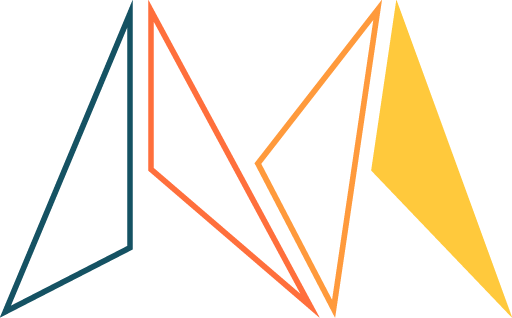Summary
Students are introduced to three different human-centred design processes and a selection of research through design (RtD) methods. By considering relevant knowledge from other fields of study, students sketch a design process that is open to interdisciplinary collaborations. The teaching activity consists of four phases: (a) slides introduce RtD methods and present critique of user-centred design processes, (b) students work in teams to sketch their own design process, (c) student groups discuss each other’s work, (d) finally there is a shared presentation of the outcomes in class.
Motivation
The most well-known design processes like the double diamond, the systemic design framework, and the design thinking process models are human-centred and focus mainly on human needs, desires and everyday lives. However, when working with more-than-human actors, it can be challenging to incorporate their perspectives into the human-centred design processes. Thus, the design processes themselves need to be modified so that they are open to new ways of working and collaborating with other disciplines where knowledge and methods related to specific more-than-human actors are available. This is why we introduce the collection of research through design (RtD) methods presented in Krogh, Markussen and Bang (2015), so that ways of working with other disciplines might be integrated into a more-than-human design process. Because more-than-human actors might introduce other things to pay attention to, we propose a new RtD method that focuses on long-term negotiations and reconfigurations of a designed artefact that involves a design process that is continuous and circular.
Learning outcomes
After the teaching activity students should be able to:
- Describe different design processes and research through design methods.
- Combine research through design methods into a design process that involves more-than-human actors.
- Sketch and plan a design process for a specific case that involves more-than-human actors.
Teacher guidance
Sequence of teaching–learning activities
Step 1: Lecture, Group size: All, Time: 45 min
The teacher introduces students to three different human-centred design processes and a selection of the research through design methods presented in the readings. The teacher also discusses the proposed circular research through design method. The slides end with a description of an assignment and what to discuss in plenum when the assignment is presented.
Step 2: Exercise, Group size: 4-6, Time: 45 min
Student groups work together on writing a design brief and sketching the corresponding design process (for example in a digital whiteboard) where they include the research through design methods that they find relevant while at the same time considering expertise knowledge and methods from other fields of study. Break after this activity.
Step 3: Share with another group, Group size: 8-12, Time: 30 min
The students share their practice outputs with peers and gain access to peers’ outputs as a model for their practice.
Step 4: Share in class, Group size: All, Time: 45 min
The teacher chairs a class discussion, asking for reflections on experiences, and consolidating the lessons learned.
Questions for assessment
- What knowledge was included in your process, and why?
- Did some of the research through design methods match the research methods in the other fields of study that you included?
- How did your design process look like compared to the human-centred design processes presented in the lecture?
Recommended readings
Krogh, P. G., Markussen, T. & Bang, A. L. (2015) Ways of drifting – 5 methods of experimentation in research through design. International Conference on Research into Design (ICoRD), Bangalore, India January 7-9, https://doi.org/10.1007/978-81-322-2232-3_4
Category

Application
Duration
3 hours
Materials
Credits
This teaching activity is inspired by Research through design methods.
